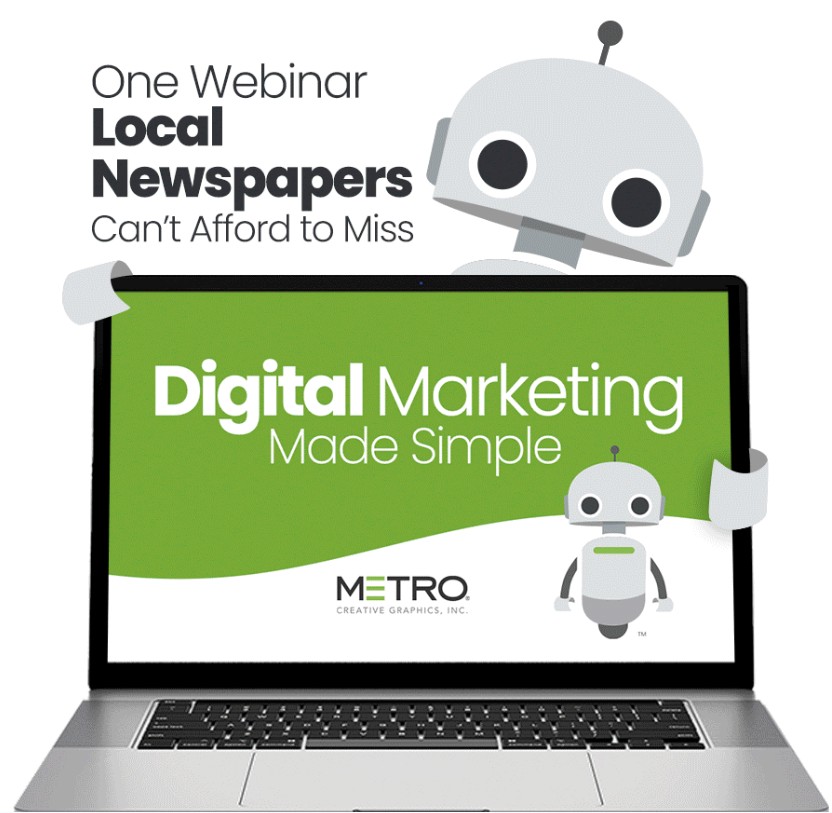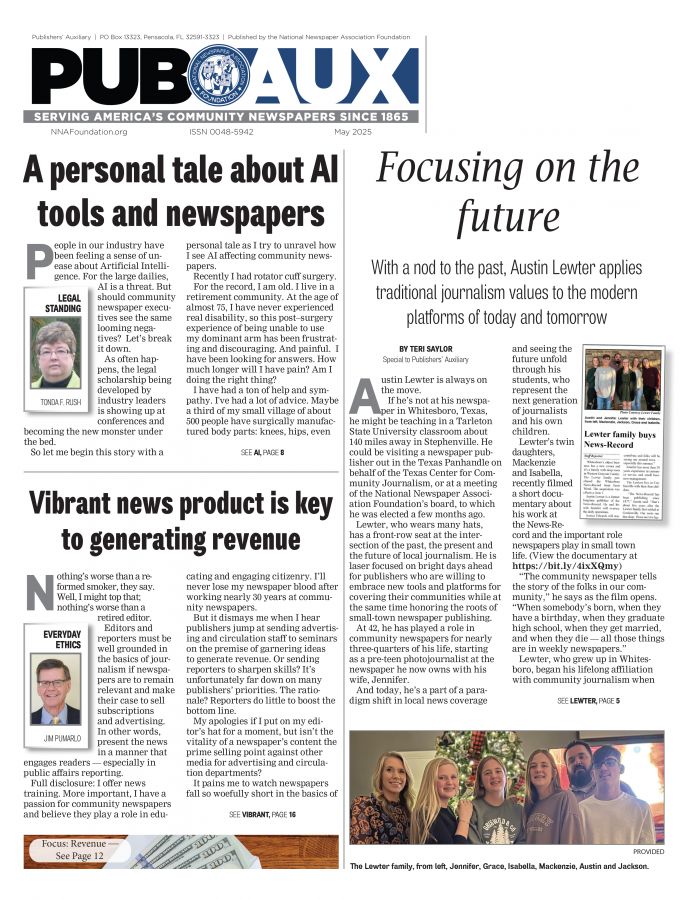One way to make presentations more memorable
John Foust
Jan 1, 2022


Samuel, the ad manager at a community paper, told me about a simple technique his sales team uses at the end of meetings with prospects and clients.
“I once read that people remember only about 25% of what they hear,” he said. “That’s a harsh reality, because we focus our client conversations on things we think are memorable. It’s painful to walk away from a meeting knowing that the person on the other side of the desk might forget three quarters of the discussion. Of course, we use ad examples, charts and coverage maps to add visual elements to presentations, but they still forget a large percentage of what we talk about.
“We’ve learned that one way to deal with this problem is to summarize at the end of a meeting,” he said. “It’s an easy way to repeat the important points in a conversation. And a lot of times, we find out the other person has completely missed a key fact. A summary helps us clarify things and make presentations a little easier to remember.”
SAMUEL’S PROCESS HAS 3 STEPS:
1. Restate briefly. For example, a member of Samuel’s team might say, “Thank you for meeting with me today. To make sure we’re on the same page, let me recap what we’ve talked about. First, we looked at the target audience for your new Widget product, then you gave me a list of the most important features and benefits, then we talked about some special offers that could appeal to your customers.”
Notice how this brief statement hits the highlights in a logical sequence. There’s no need to go into great depth about everything that was discussed.
2. Confirm the information and ask for input. After the summary, it helps to nail it down by asking, “Does this cover everything?”
Even though it’s short, this is a crucial question. It is designed to give the other person permission to say they missed something that was covered — or even to say they would like to know something else. If something has been misunderstood, it’s better to find out now.
3. Include an action item. For instance, “My next step is to start on that market report you want and get it to you by Monday. Will that work?”
This is the time to get some kind of agreement and advance the sale. If the other person is not yet ready to finalize things and sign on the dotted line, this keeps the dialogue going in a helpful, low-key way.
“An action step can make a conversation stick in the mind,” Samuel explained. “It gives the salesperson a specific reason to get back in touch. It lets the other person know to expect a call by a certain day. When someone is waiting for information, an action step reduces the chances that an email or a voice mail message will be ignored.”
It’s all about creating memorable presentations. When advertisers and prospects remember the key points, they are more likely to buy.
© Copyright 2021 by John Foust. All rights reserved.
John Foust has conducted training programs for thousands of newspaper advertising professionals. Many ad departments are using his training videos to save time and get quick results from in-house training. Email for information: john@johnfoust.com










